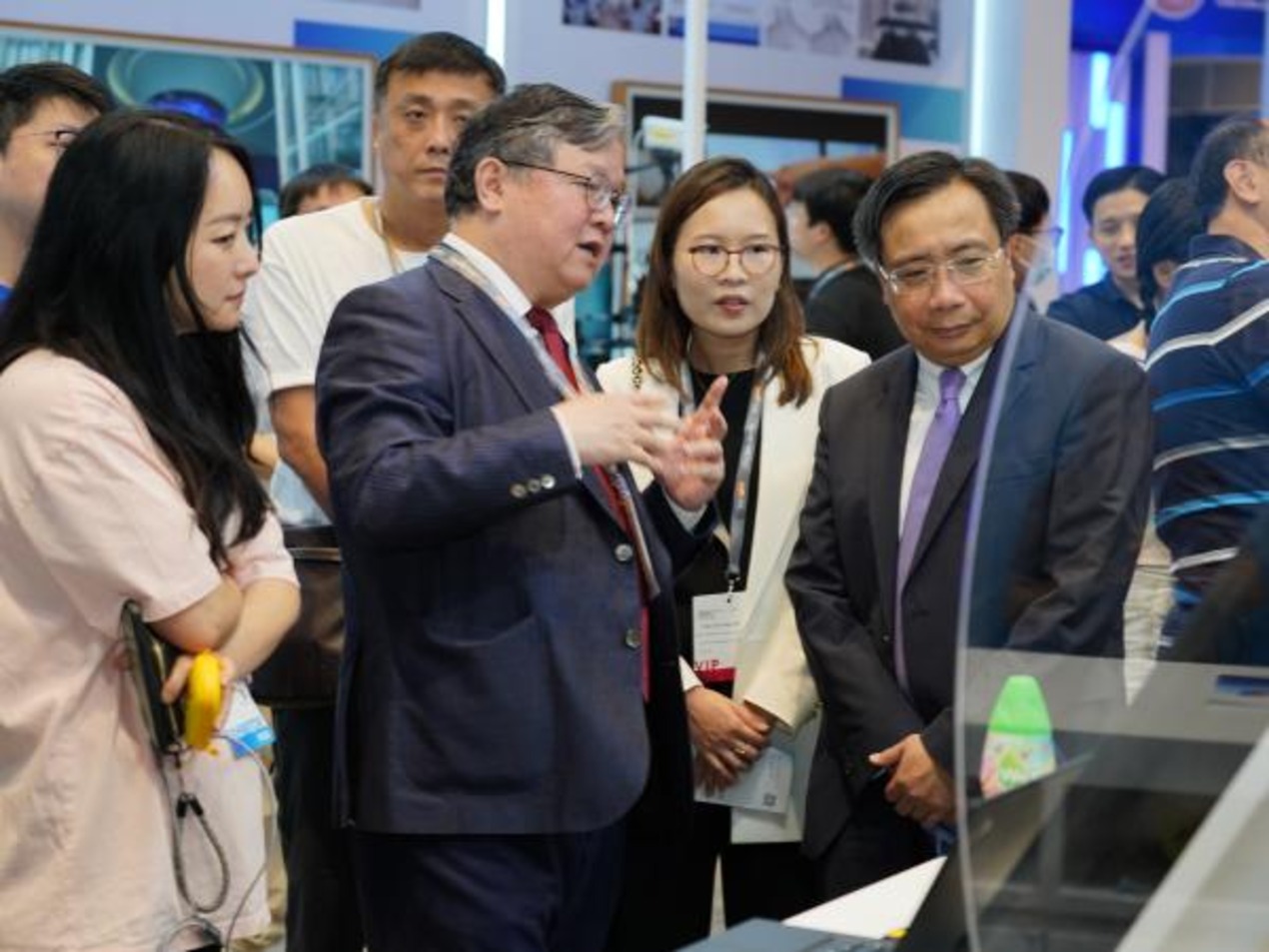
RMIT researchers have developed a software that is being used to help plan for the lifecycle and maintenance costs of assets including buildings, bridges, and stormwater drainage.
According to a recent report, the software processes data collected on individual infrastructure assets to help predict deterioration and anticipate replacement costs for large portfolios.
Powered by a self-learning algorithm, the product could run on multiple scenarios.
This is a unique advantage that enabled asset managers a range of replacement solutions to meet different budgetary requirements and timeframes.
It is already being used by several councils in Melbourne as well as across all RMIT campuses.
Having a self-learning algorithm means predictions become better as more data are added to the system.
Lifecycle costs can add up to more than 60% of the overall budget of an asset and, if not accurately anticipated, can occur suddenly and at great expense.
Instead of taking a reactive approach, which is what normally happens, the software looks ahead in time with preventative planning.
The modelling software helps predict and identify these costs earlier, thereby guaranteeing minimum risk to an organisation.
Data can be collected using an integrated iPad app, while variable factors, such as usage, can be incorporated into the prediction model by using sensors to collect additional information.
By incorporating sensors, the software will also be able to process real-time monitoring data in the future.
It will, therefore, provide faster and even more accurate information to asset managers, saving time and money.
Two new products for targeting bridges and drainage are already in development and there are plans to expand to a suite of products catering for several other asset categories including parks, pavements and footpaths.
In other news, a team of Australian-Brazilian researchers, led by the University, is utilising artificial intelligence (AI) to support the instant diagnosis of diabetes-related eye disease, in its earliest stages.
As reported, an image-processing algorithm can automatically detect one of the key signs of diabetic retinopathy, which is fluid on the retina, with an accuracy rate of 98%.
Diabetic retinopathy is the leading cause of vision loss in adults and its impact is growing worldwide, with 191 million people set to be affected by 2030.
The disease has no early-stage symptoms and may already be in the advanced stage by the time people start losing their vision.
Early diagnosis and treatment can make a dramatic difference to how much vision a patient retains.
Usually, only half of those with diabetes have regular eye exams and a third have never even been checked.
Moreover, the gold standard methods of diagnosing diabetic retinopathy are invasive or expensive, and often unavailable in remote or developing parts of the world.
Making it quicker and cheaper to detect this incurable disease could be life changing for the millions of people who are currently undiagnosed and risk losing their sight.
The method, according to the lead investigator, was instantaneous and cost-effective.
The AI-driven approach delivers results that are just as accurate as clinical scans but relies on retinal images that can be generated with ordinary optometry equipment.
Fluorescein angiography and optical coherence tomography scans are currently the most accurate clinical methods for diagnosing diabetic retinopathy.
There is an alternative and cheaper method like analysing the images of the retina taken by relatively inexpensive equipment called fundus cameras.
But, this process is manual, time-consuming, and less reliable.
Researchers from the Biosignals Laboratory in the University’s School of Engineering, together with collaborators from the Federal University of Sao Carlos, Federal Institute of Sao Paolo, University of Campinas and Sao Paolo State University, all in Brazil, used deep learning and artificial intelligence (AI) techniques to automate the analysis of fundus images.
The algorithm they developed can accurately and reliably spot the presence of fluid from damaged blood vessels inside the retina.
The researchers hope their method could eventually be used for widespread screening of at-risk populations.
The researchers are in discussions with manufacturers of fundus cameras about potential collaborations to advance the technology.
















